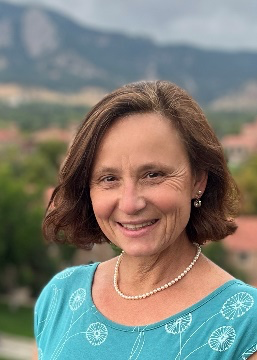About the speaker
Zoya Popovic is a Distinguished Professor and the Lockheed Martin Endowed Chair in Electrical Engineering at the University of Colorado, Boulder. She obtained her Dipl.Ing. degree at the University of Belgrade, Serbia, and her Ph.D. at Caltech. She has graduated over 68 PhDs and currently advises 18 doctoral students. Her research interests are in high-efficiency power amplifiers, microwave and mm-wave circuits for communications and radar, medical applications of microwaves, quantum sensing and metrology, and wireless powering. She is a Fellow of the IEEE and the recipient of two IEEE MTT Microwave Prizes for best journal papers, the White House NSF Presidential Faculty Fellow award, the URSI Issac Koga Gold Medal, the ASEE/HP Terman Medal and the German Alexander von Humboldt Research Award. She was named IEEE MTT Distinguished Educator in 2013. She was elected a foreign member of the Serbian Academy of Sciences in 2006, and a Member of the US National Academy of Engineering in 2022.
Abstract
This talk reviews a receiver project for near-field internal temperature measurements of the human body. In this approach, the total blackbody power from a tissue stack is received by a 1.4-GHz probe placed on the skin. Temperature retrieval for sub-surface tissue layers is performed using near-field weighting functions, obtained by full-wave simulations with known tissue complex electrical parameters. The design of near-field antenna probes is outlined, as well as radiometer design and calibration. Measurements
are presented using a calibrated Dicke radiometer at 1.4GHz for various phantom tissues. A comparison is shows with a correlation radiometer. It is demonstrated that temperature can be tracked within a fraction of a degree (0.2K) for a phantom muscle tissue layer under phantom fat and skin layers, as well as in-vivo on a human cheek. The challenges, such as temperature resolution degradation due to human tissue variation and radio-frequency interference will also be discussed. Finally, a range of clinical and wellness applications will be presented.
